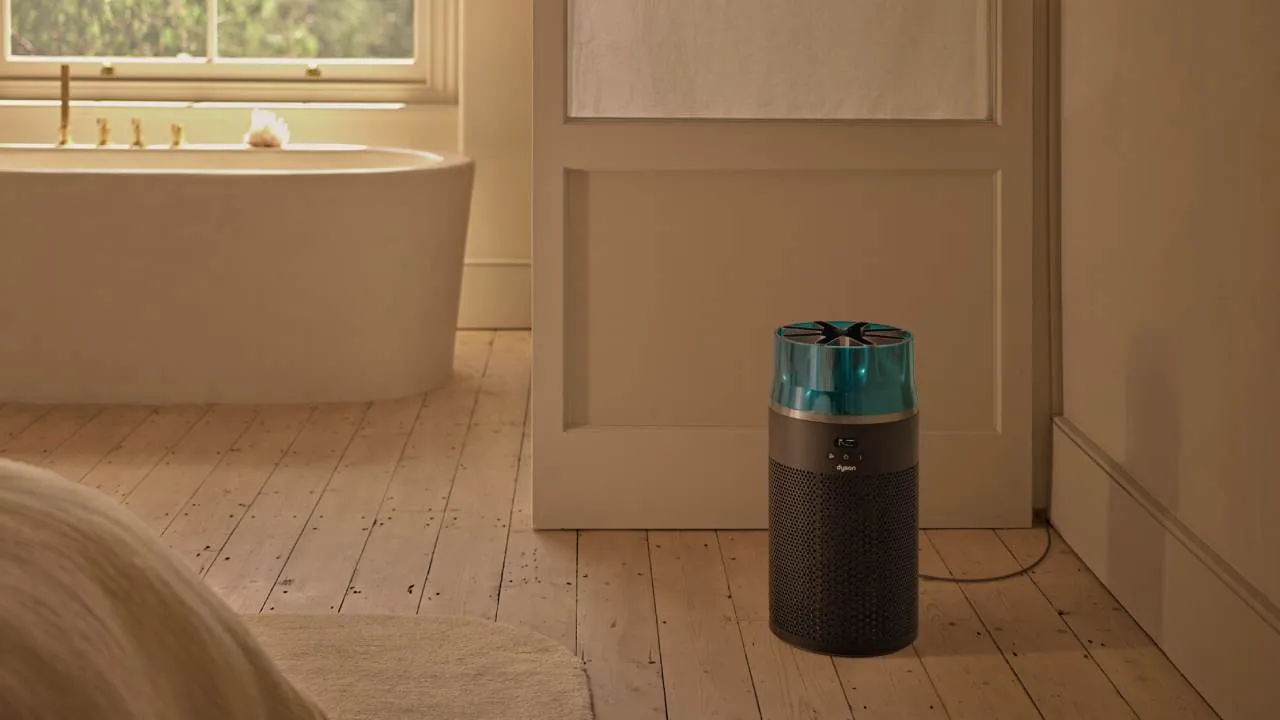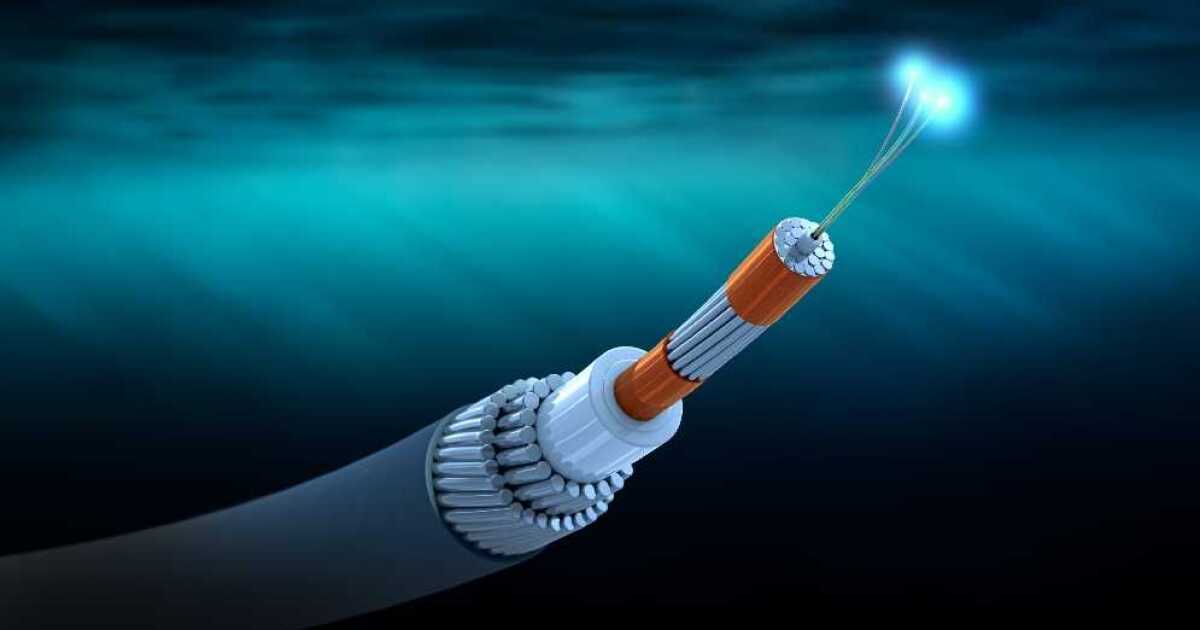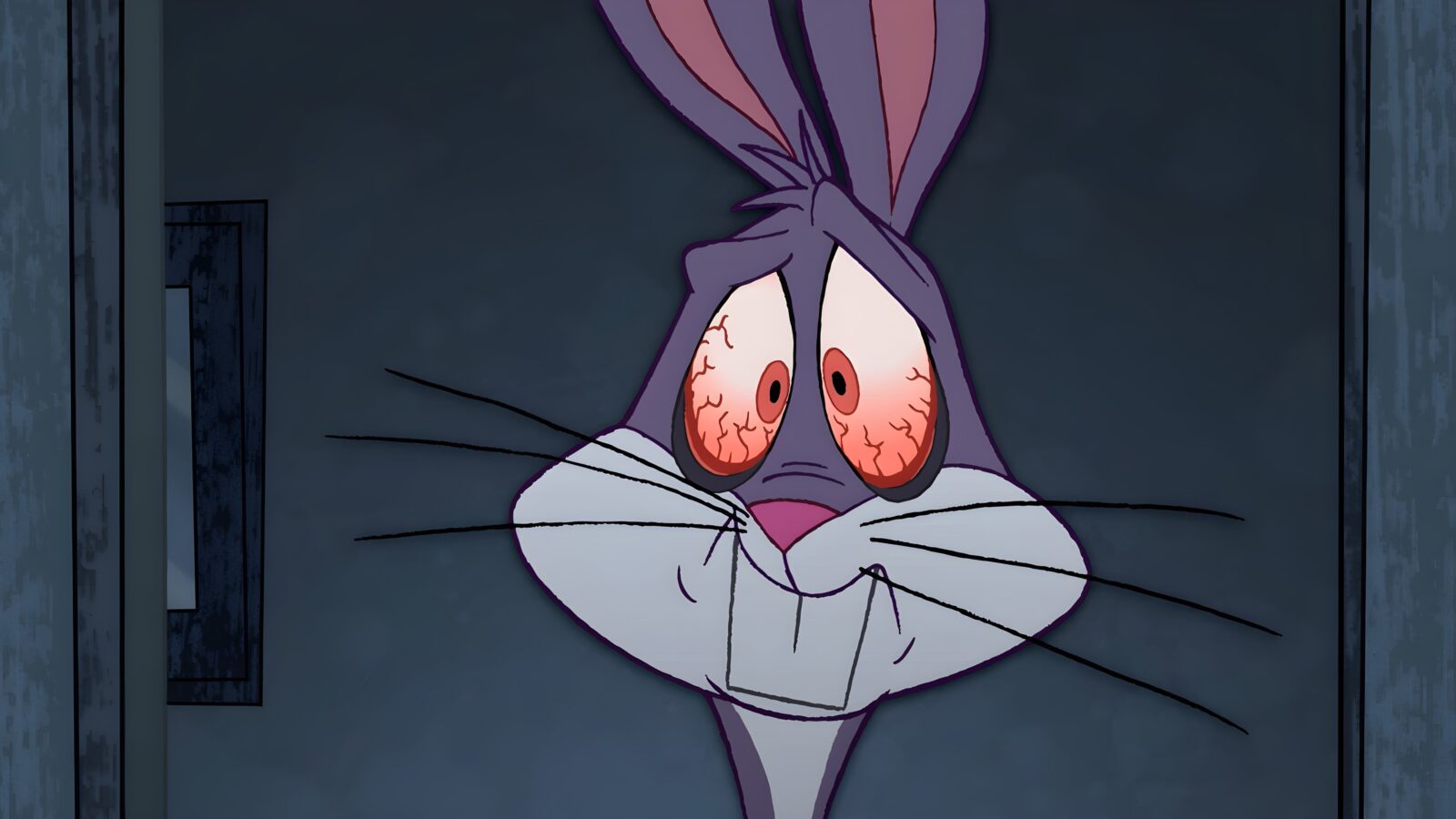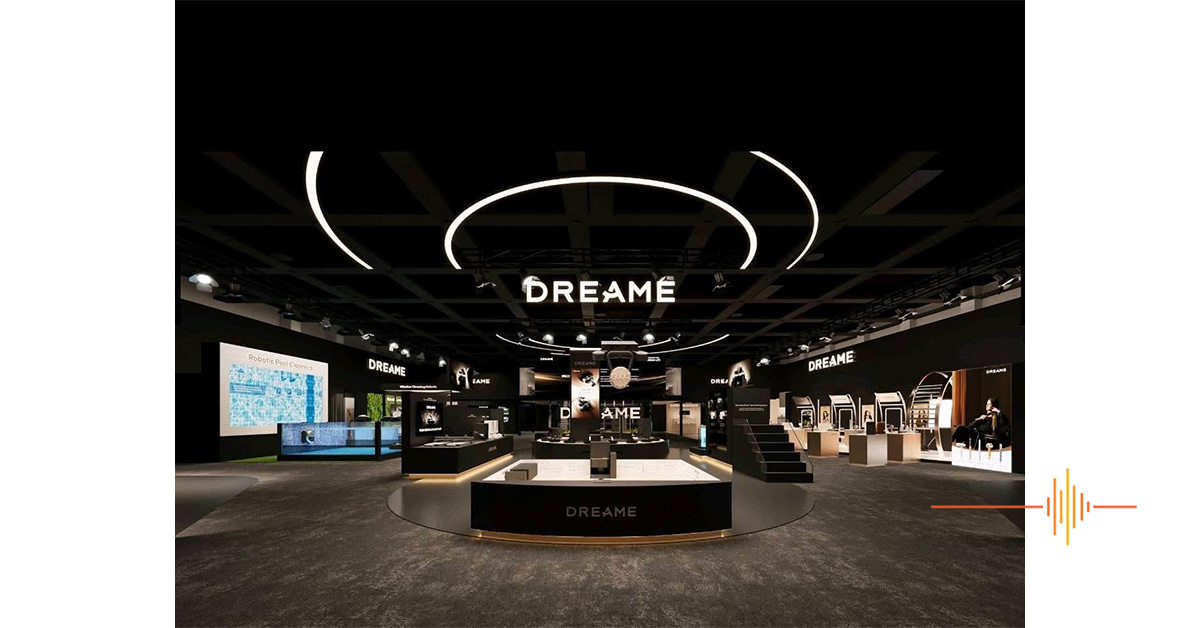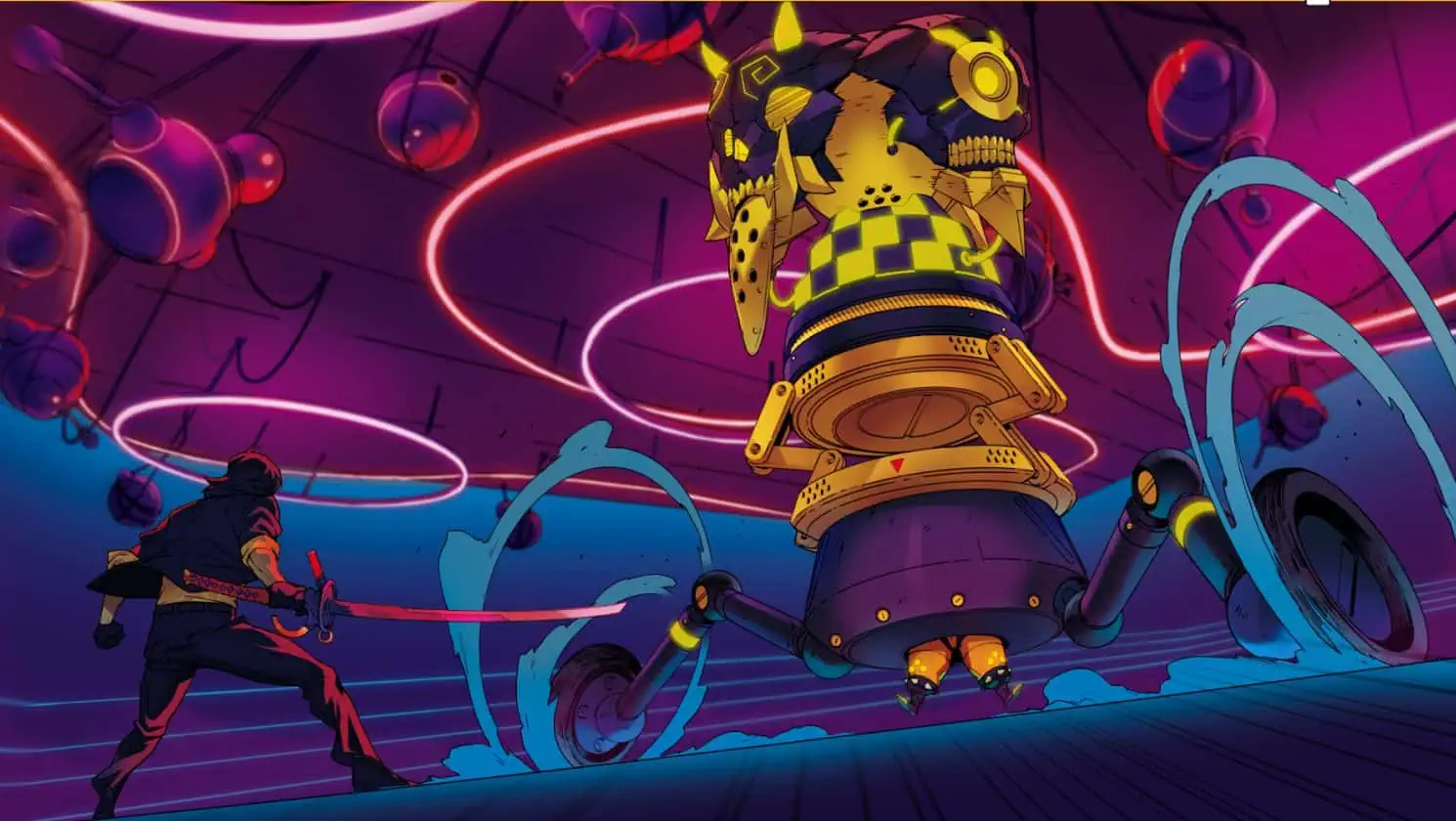Dyson has introduced a new air purifier that abandons its familiar bladeless, looped design for something closer in appearance to a compact jet engine. Unveiled at IFA 2025, the Dyson HushJet Purifier Compact is built around a new airflow system and filtration method, though buyers will have to wait until 2026 before it goes on sale.
The HushJet stands apart from Dyson’s existing range, not just in looks but in operation. Instead of the Air Multiplier system used in the brand’s earlier purifiers and fans, it employs what Dyson calls a HushJet Nozzle. This system projects a concentrated, high-speed stream of air through a sculpted nozzle designed to distribute airflow more evenly across a room. The design borrows principles from aviation and hair-dryer diffuser shapes, aiming to increase reach without the noise typically associated with powerful air circulation.
In terms of specifications, the purifier is relatively compact, measuring 45 x 23 x 23 cm and weighing 3.5 kg, yet Dyson claims it can cover spaces of up to 100 square meters. At the core is a new electrostatic HEPA filter capable of capturing 99.97 percent of particles down to 0.3 microns. The company says the filter is designed to last up to five years, which could mean lower maintenance costs compared to more frequently replaced systems.
Noise reduction is another selling point. Dyson says the purifier can run at just 24 decibels in sleep mode, aided by a star-shaped entrainment nozzle that helps minimize sound from the internal compressor. There’s also an automatic mode that uses built-in sensors to monitor air quality and adjust output accordingly.
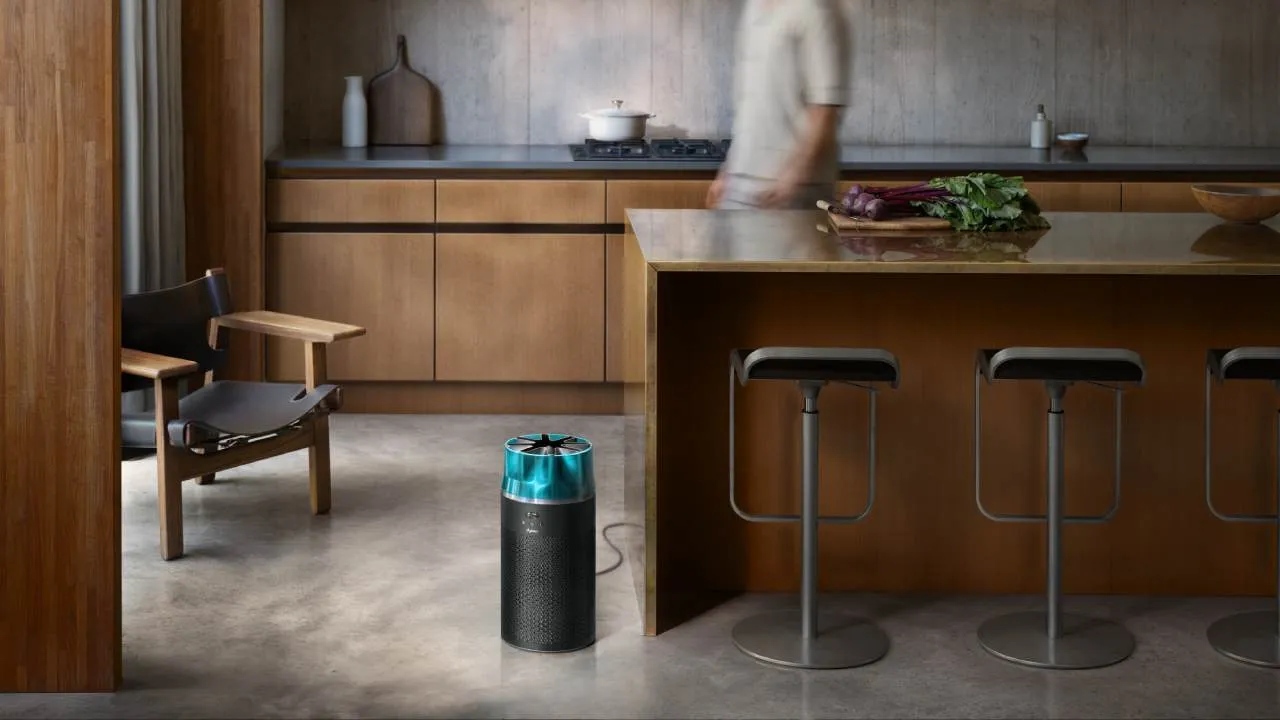
Connectivity features remain in line with Dyson’s broader ecosystem. The purifier integrates with the MyDyson app, providing real-time air quality data, alerts, and scheduling options. It also supports Alexa and Google Assistant for voice control.
What remains unclear is the price, though given Dyson’s track record, the HushJet Purifier Compact is unlikely to be positioned as a budget option. With availability pushed to 2026, it will also face competition from rivals such as Xiaomi and Philips, who continue to release high-performance smart purifiers at more accessible price points.
Dyson’s decision to shift design language could be a move to reframe its purifier range beyond the instantly recognizable looped silhouette, but whether the jet engine-inspired look resonates with consumers—and justifies what is likely to be a premium cost—remains to be seen.

